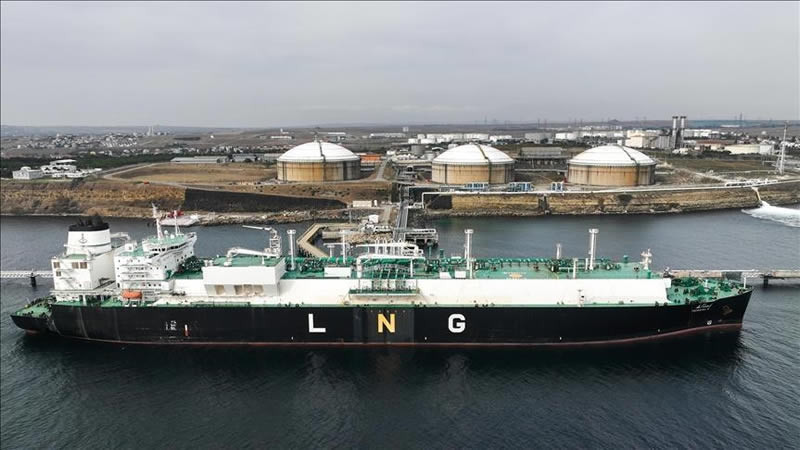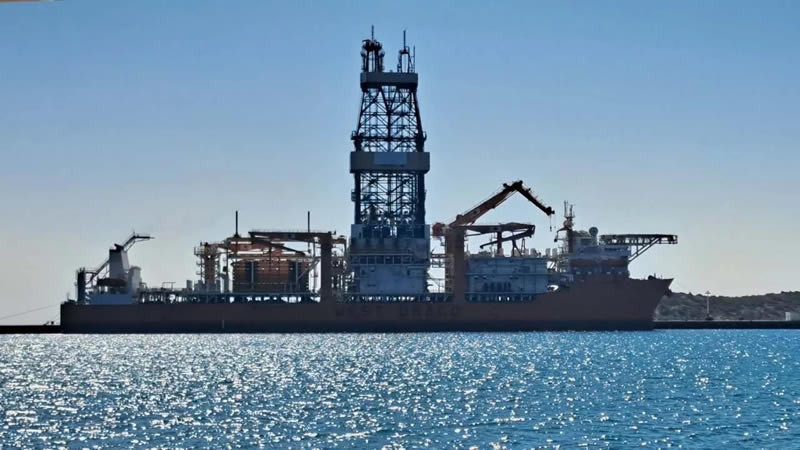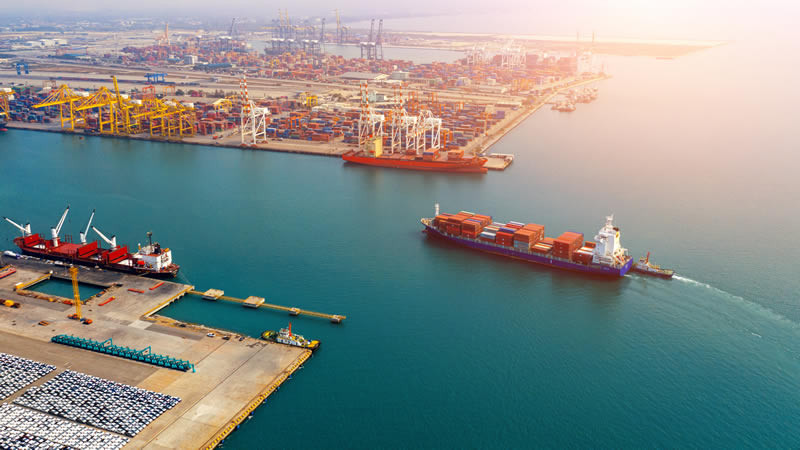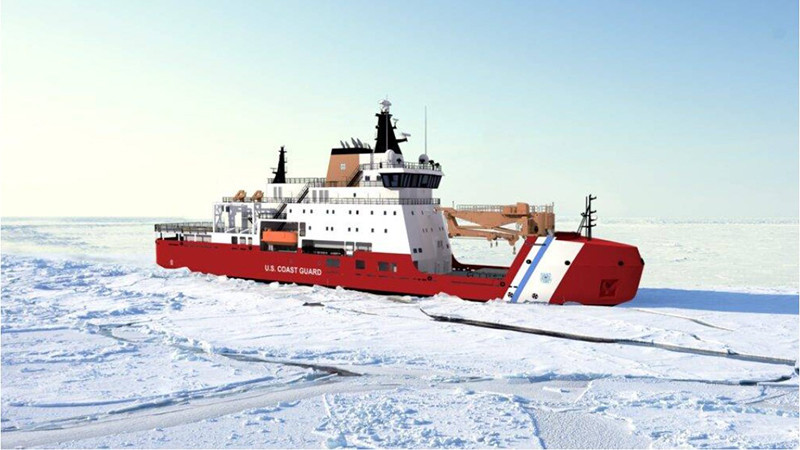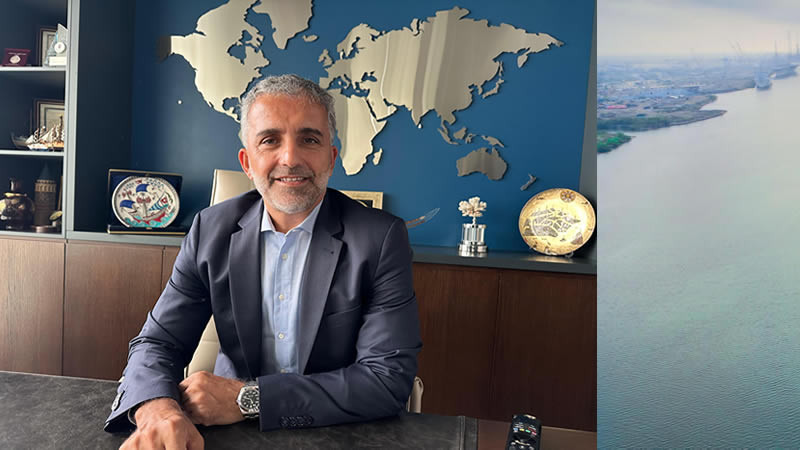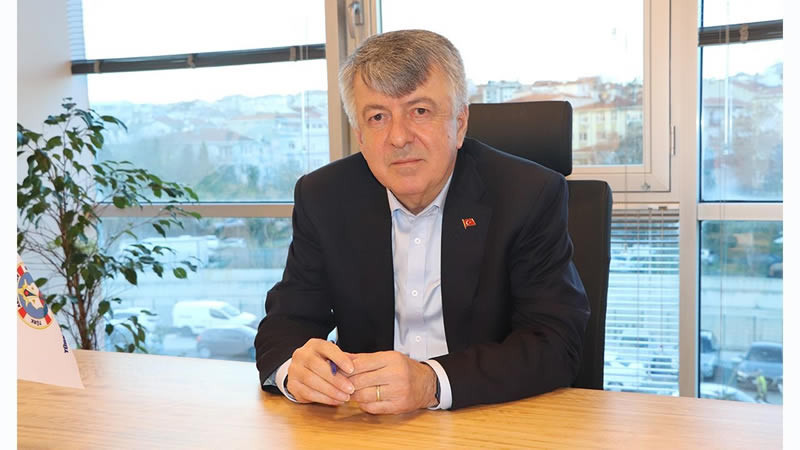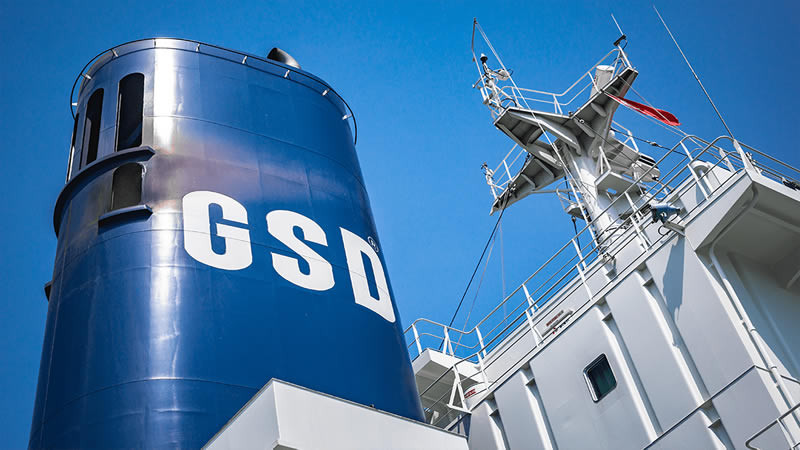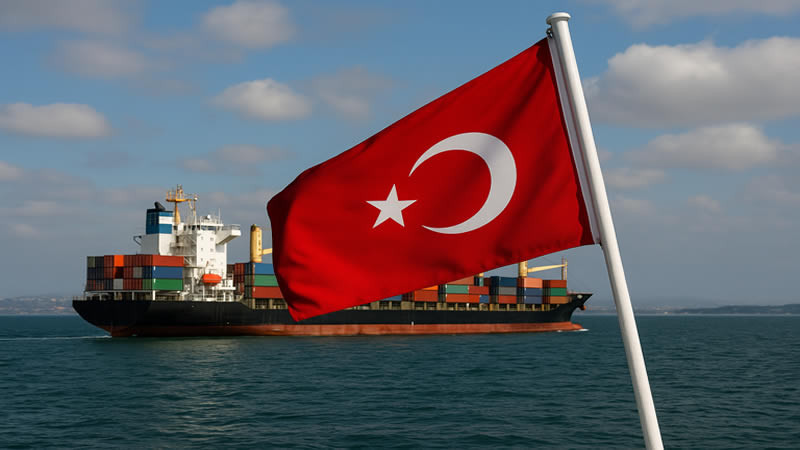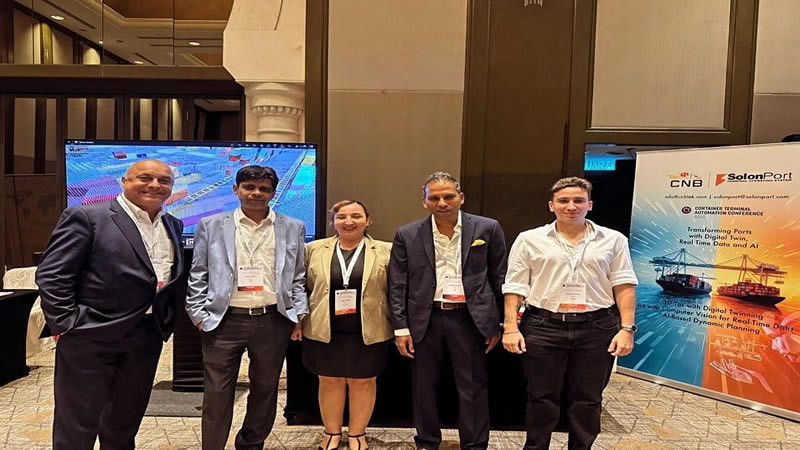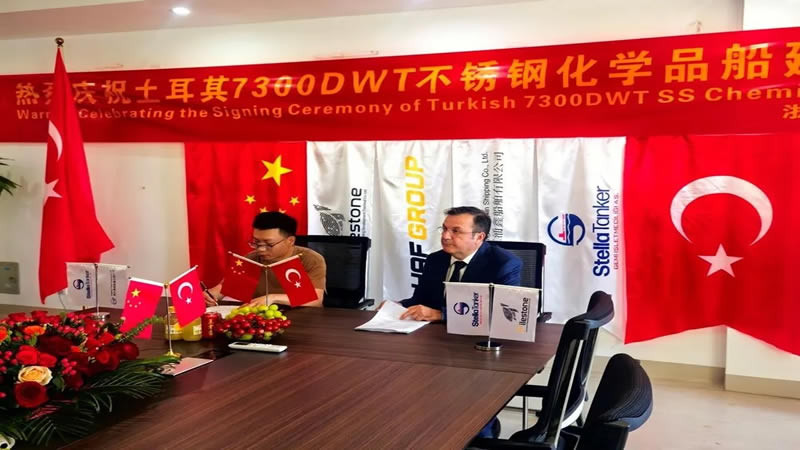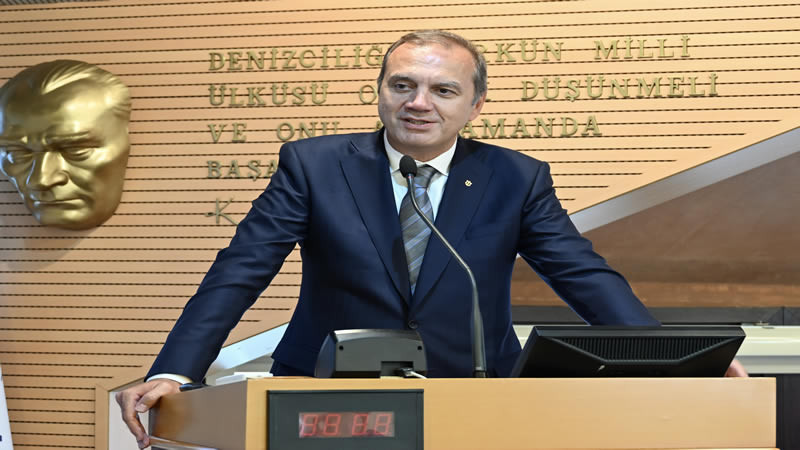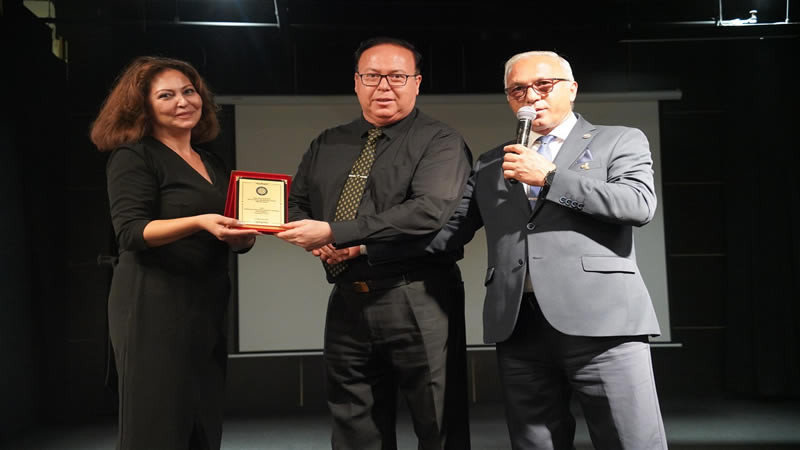Wind Must Belong in the IMO Net-Zero Framework – Here’s What’s at Stake
BAR Technologies today joined calls for the International Maritime Organization (IMO) to formally recognise wind propulsion as a cornerstone of its Net-Zero Framework (NZF), ahead of the MEPC 2nd Extraordinary Session (MEPC/ES.2) in London this week.
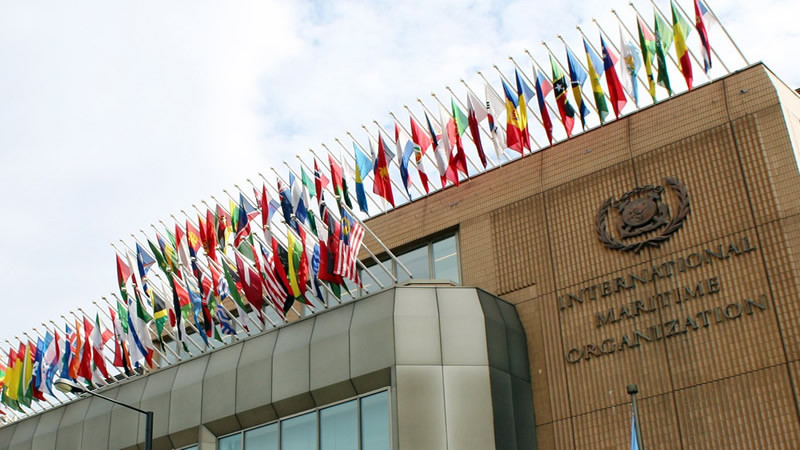
Shipping stands at a pivotal juncture. The upcoming decisions could determine whether the sector accelerates toward meaningful decarbonisation or stalls in delay and uncertainty.
Technology providers, sustainability advocates, and industry coalitions are united in the belief that consistent recognition of wind energy, as championed by the International Windship Association (IWSA), is essential to achieving a practical and equitable pathway to net-zero emissions.
The IWSA’s submission to MEPC/ES.2 emphasises: “Wind is free at source and the only truly zero-emission energy available at scale to the global fleet today.” By systematically integrating wind within the NZF, the IMO can deliver a framework that is neutral, transparent, and fair, positioning wind alongside alternative fuels and energy efficiency solutions.
Why Wind Must Be Treated Consistently
The NZF has the potential to act as a global signal providing certainty to unlock finance, accelerate innovation, and scale proven technologies. But that power depends on consistent accounting across the sector. Without it, distortions in technology uptake, compliance, and funding allocation could slow the pace of progress.
As IWSA notes, consistent treatment of wind is a litmus test for the IMO’s commitment to technology and energy-source neutrality.
Building a Framework That Works
The workload to implement the NZF is significant. From lifecycle assessments and compliance guidelines to pricing mechanisms and the design of the fund, the path forward demands clarity and cohesion. Member States are even weighing the creation of a dedicated GHG subcommittee to manage the scale of tasks.
That makes it all the more important to get the foundation right—ensuring wind propulsion is integrated from the outset, not treated as a late-stage addition.
A Practical Path Forward
As discussions intensify, industry consensus is emerging around several key principles:
1. Neutrality, Not Exceptions – Wind must be recognised as a zero-carbon energy source, with full inclusion in intensity and compliance frameworks.
2. Data and Verification – IWSA proposes streamlined methods to capture and validate wind energy contributions through the IMO Data Collection System.
3. Fair Access to Funding – Wind propulsion should be proportionately rewarded within the NZF Fund, supporting early fleet-scale adoption.
4. Scalability and Co-benefits – Wind delivers fuel savings, operational resilience, and immediate emissions reductions—available for both newbuilds and retrofits.
5. Maintain a Global Lane – A unified NZF is far more effective than fragmented national regimes, ensuring competitiveness and clarity for all actors.
Industry Alignment with IMO Goals
Organisations across the maritime sector are working to deliver technologies that reduce emissions now, technologies that maintain vessel performance and commercial viability. Wind-assist solutions, already proven and deployable at scale, offer a reliable and complementary path alongside emerging fuels.
John Cooper, CEO of BAR Technologies, commented: “As a company delivering scalable, commercially ready wind propulsion solutions such as WindWings® and AeroBridge®, we see every day the real-world impact these technologies can have in reducing emissions. But without consistent recognition at the regulatory level, adoption will be slower and the cost of transition higher. The IMO has a golden opportunity to show global leadership by embracing wind within the NZF. We can accelerate the path to maritime decarbonisation.”
The IWSA’s proposal gives the IMO a clear roadmap to ensure wind’s contribution is properly accounted for, enabling faster emissions reductions at lower cost and establishing wind as a permanent partner to the fuels of tomorrow.
A Clear Call to Action at MEPC/ES.2
Industry stakeholders urge MEPC/ES.2 to:
• Adopt the Net-Zero Framework and confirm the October implementation timeline.
• Ensure consistent treatment of wind energy across standards, compliance tools, and fund allocations, in line with the IMO’s neutrality commitments.
• Allocate resources to support implementation, including a GHG subcommittee if necessary.
This is a decisive moment. If integrated properly, wind propulsion can convert today’s headwinds into tomorrow’s momentum and BAR Technologies stands ready to deliver the innovation needed to make that future a reality.



